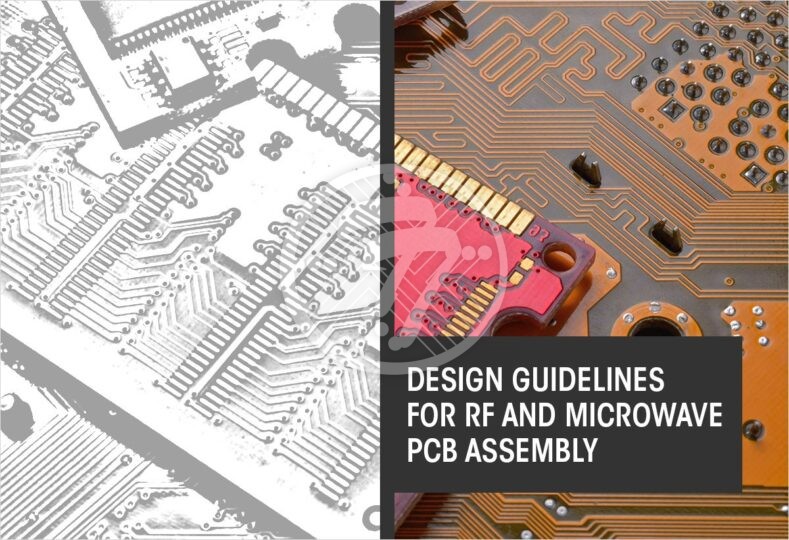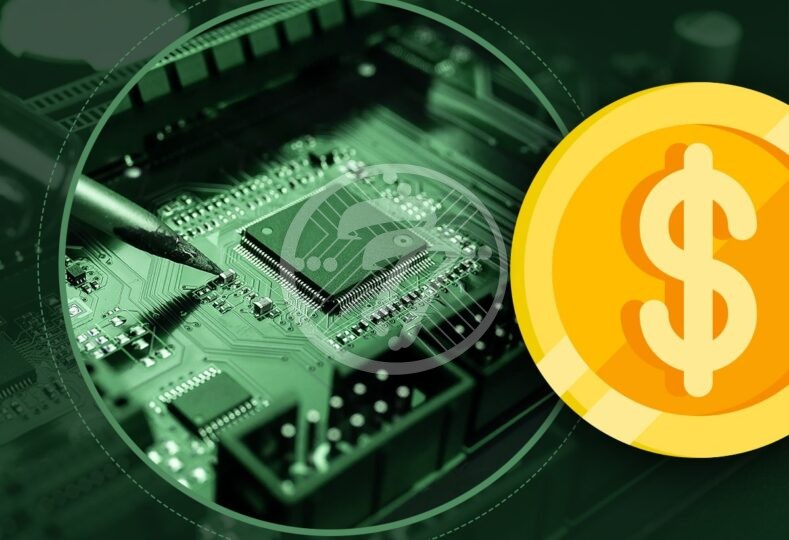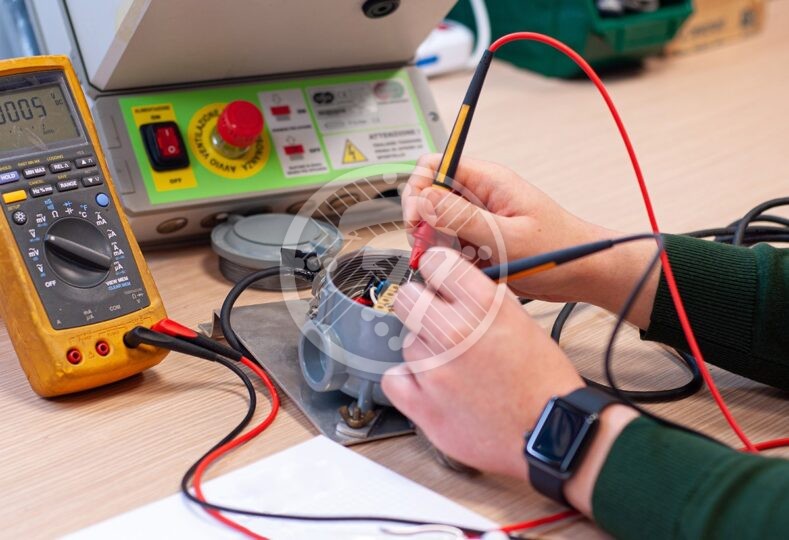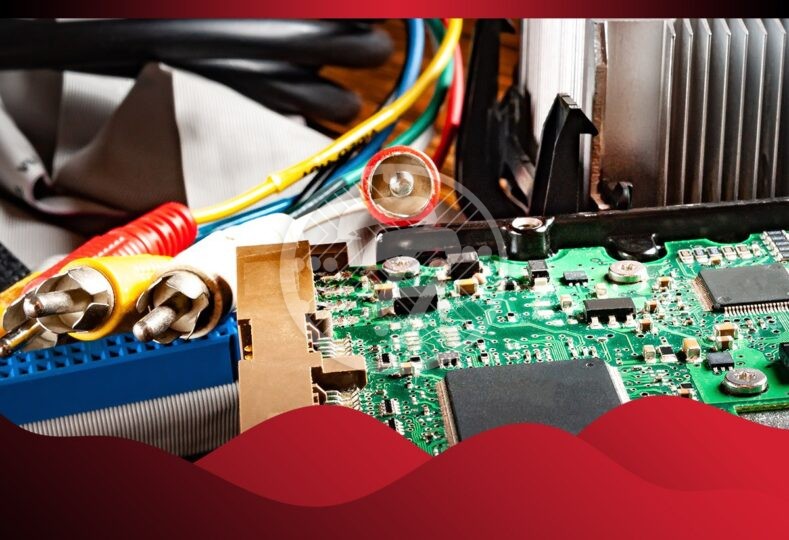Top Design Guidelines for RF and Microwave PCB Assembly!

What comes to mind when thinking of PCB designs? When talking about PCB Designs, one of the most reliable ones can be RF and Microwave PCB assembly. They have the incredible ability to feature higher frequencies, which makes them better than the other boards. Thus, the use Of Microwave and RF circuit boards have increased.
These PCBs’ designs used to be costly, so only Aerospace and Military industries used them.
However, things have changed now. Nowadays, Microwave and RF PCB assemblies are being used in several products. Such products may include Wireless networks, cell phones, Satellite broadcasters, and many other handheld wireless devices. They are also found in Various professional and commercial products, including communicational, medical, industrial, and many other applications/Products of various fields.
Even though such PCBs’ functioning is incredible (as they can capture higher frequencies), it is quite challenging to design their assemblies. The higher the frequency catching capability, the higher the difficulty in designing will be. However, that cannot stop you from designing such PCB since they can be beneficial compared to are other digital and analog circuits.
Let’s get to the details of assembling RF and Microwave PCB.
Describing Microwave and RF circuit boards
We can consider microwave and radiofrequency circuit boards as those PCBs that can operate on high frequencies. They contain those components through which RF or microwave signals are carried and usually work on signals ranging from megahertz to gigahertz frequency. It means that they can capture frequencies ranging from medium to too high. This is why they have excessively used various products to get communication signals in almost most things.
If someone needs to know the guidelines of assembling RF and Microwave PCBs, they should know that the basic knowledge of microwave PCB and RF PCB Is necessary. Assembly of RF and microwave PCB requires specific materials, parts, and technology. The materials that you are assembling in such PCBs need to be of high quality as well.
Such Printed circuit boards differ from digital and analog circuit boards. It is because Microwave and RF circuit boards have considerably high-frequency analog signals. Such signals can be at any level of voltage and current starting from minimum to maximum ranges. You wouldn’t see such functions in regular analog or digital circuits. Let’s now discuss the designing basics of Microwave and RF PCBs.
Designing guidelines of RF/Microwave Circuit Board Assembly
During the RF/Microwave PCB designing process, there are several things to consider and specific guidelines to follow. It is because there are various difficulties in the designing and assembly of such PCBs.
Thus, make sure that you follow certain guidelines and take into consideration specific problems that are as follows:
- RF and Microwave have signals that are highly sensitive to noise. Thus, during the designing of RF and Microwave Frequency signals, there are certain things that a designer needs to keep in mind and understand the noise sensitivity of RF and microwave frequency signals. It is because such problems can create functional problems and errors in the PCB.
- During the designing process, one should Remember to keep most of the parts (that are required to assemble the PCB) separate. It is because loads of problems can arise in the assembly process if the parts are not separate. Certain parts may include RF components, essential components, lower-level analog, and whatnot.
- Microwave and RF PCB assemblies also require impedance matching. Since such PCBs have mostly higher frequency ranges, the tolerance rate to impedance matching is relatively low or tight. Impedance matching can minimize the “skin effect loss.” Skin effect loss means turning signal energy into heat When a funnel Captures some of those electrons that flow outside the conductor on a PCB. Thus, keeping a proper impedance matching is a must in this case.
- Another issue regarding the PCB design of RF and microwave boards is the return loss. Signal reflection and ringing are the leading causes of return loss. One should note here that ground planes present underneath the signal should not have any discontinuities or otherwise, there will be a problem of reflection and ringing.
- Prevention of crosstalk is another factor that one should keep in mind before designing Radio Frequency printed circuit boards and microwave PCB. Crosstalk means the process through which there is an unintentional or unwanted energy transfer between adjacent conductors. It can lead to coupled signals and happens due to shunt capacitance and mutual inductance.
Determining the substrate materials in RF/Microwave PCB Assembly
Choosing substrate material in the design of RF PCB and Microwave PCB is necessary. It is because optimum substrate material is required to have reliable and well-performing PCB. Thus, well-chosen substrate materials play an essential role in the designing process of boards. There are certain things you should focus on while considering substrate materials, which are as follows:
- You should make sure that the RF and Microwave PCB should have substrate materials having high relative permittivity. It is because of high relative permittivity All the demands of waste and space regarding the PCB. Also, the ratio between the dielectric constant and vacuum permittivity is known to be the Relative Permittivity.
- You should also consider the environment while considering substrate materials. One should make sure that there is temperature stability. And there should be the highest and lowest temperature limit. Once you choose substrate materials that can absorb less humidity, there wouldn’t be any compromise in a circuit board’s performance in a high humidity environment.
- Substrate materials should be thick so that a circuit cannot bow, distort, Manufacturer setbacks, increased cost, or dielectric breakdown. However, Substrate materials having thick per area units can cost more than thin ones.
- The relative Permittivity and the loss tangent have a function that is a dielectric loss. Substrate materials, shorter lines can offset dielectric loss per unit length, thus reducing conductor loss. It is crucial during high-frequency situations.
Conclusion
Overall, we can say that Microwave and RF PCB Are the best types of PCB that you can assemble. Such PCBs can capture higher frequencies. Higher frequencies capturing quality means better functioning. However, having a higher frequency also means various problems in the designing process. Higher frequency signals tend to be suspective to noise and need well-designing methods so that no catastrophe can take place. Some guidelines for designing such PCB needs to be adopted, as you can see in this blog. And, one should use properly efficient and reliable substrate materials in Microwave and RF PCB assemblies.
Technotronix offers professional PCB Assembly services with 40 years of expertise. Our accurate PCB assembly process meets the quality standards, including ISO-9001:2015, RoHS, and more. You can rely on our PCB design tools that, in turn, lead to that perfect PCB Assembly. Our superior engineering capabilities mean that each board matches your exact requirements and technical specifications.
If you have any questions or any requirements related to PCB assembly service, please feel free to contact us via email at [email protected] or call at 714/630-9200.









